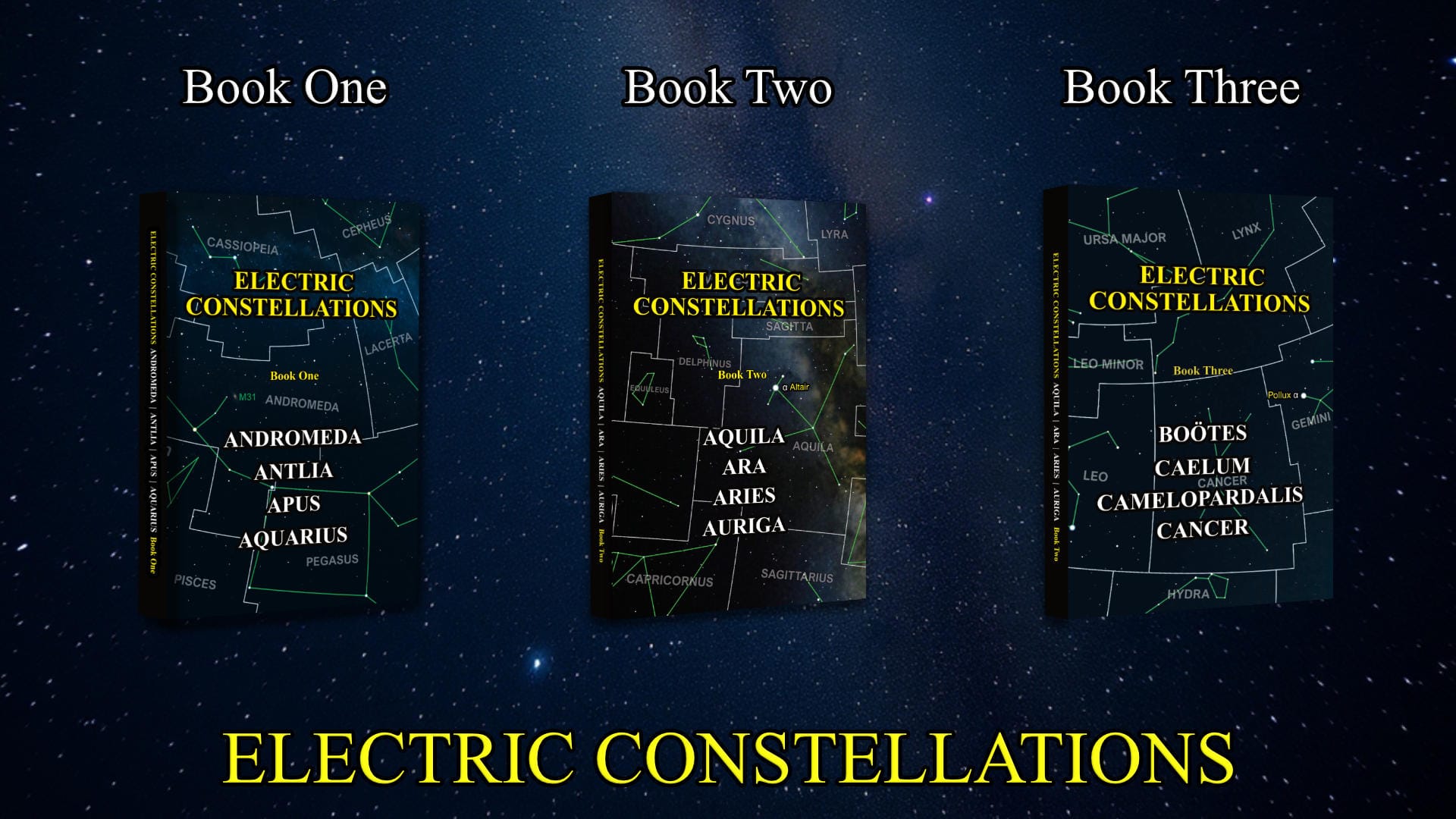Celestron NexStar 8SE Video

Despite housing an 8-inch optical tube, the NexStar 8SE maintains remarkable portability. The entire setup weighs about 33 pounds when fully assembled, but breaks down into manageable components for transport. This portability factor shouldn't be underestimated when planning galaxy observations. Andromeda is best viewed from dark sky locations away from city lights, and having a telescope you can easily transport significantly increases your opportunities for optimal viewing conditions.
The distinctive orange tube and single-arm mount have become iconic in the astronomy community. This design isn't just about aesthetics—it represents a practical engineering solution that balances stability with weight considerations. Many observers appreciate the ability to set up the entire system in under 15 minutes, allowing more time for actual observation during limited viewing windows when Andromeda is positioned optimally in the night sky.
While the NexStar 8SE simplifies many aspects of astronomy, observing faint objects like Andromeda still presents challenges. Understanding these potential hurdles—and their solutions—helps ensure rewarding observations. The most common issues involve light pollution, power management, and focusing techniques. With proper preparation and technique, these obstacles can be minimized or overcome entirely, leading to dramatically improved views of distant galaxies.
While the NexStar 8SE comes ready for basic observation out of the box, strategic accessories significantly enhance Andromeda viewing. Investing in quality eyepieces, filters, and power solutions transforms good views into exceptional ones. These add-ons need not be purchased all at once—building your accessory collection gradually allows you to address specific challenges as you encounter them and progressively improve your deep sky observing capabilities.
First-time users typically complete the entire setup process in 15-20 minutes. This includes tripod deployment, mounting the optical tube, powering on the system, and completing the SkyAlign procedure. After several sessions, many users can reduce this time to under 10 minutes. The quick setup is one of the NexStar 8SE's greatest advantages, allowing for spontaneous observing sessions when conditions are ideal for viewing Andromeda.
Challenge the standard model—explore the cosmos through the Electric Universe Theory. These Electric Constellations books contain full-color, data-rich investigations of four constellations each. They're not a beginner's star guide—they're a serious work for independent thinkers, astronomers, and scientifically literate readers seeking to understand the Universe beyond conventional gravity-based interpretations.
Each constellation is examined in detail, with attention to its Bayer-designated stars, mythological origins, meteor showers, and bordering constellations. In-depth profiles of deep-sky objects—including galaxies, planetary nebulae, and star clusters—are paired with high-resolution imagery from the Webb and Hubble space telescopes, delivering both scientific clarity and visual impact.
Central to this series is the Electric Universe (EU) model, which proposes that electromagnetic forces—not gravity alone—govern much of the structure and behavior of the cosmos. Rather than treating this as speculative fringe, the book frames the EU model as an evidence-based, plasma-physics-informed alternative to the standard cosmological narrative.
Inside each volume:
- Comprehensive coverage of four distinct constellations
- Analyses of deep-sky objects in the EU context
- Original commentary on plasma discharge features and Z-pinch configurations
- Mythological and historical context without romantic embellishment
Written for readers who demand more than rote repetition of gravitational dogma, Electric Constellations opens a new observational and theoretical frontier—where stars light by electrical currents, not fusion, and where structure emerges from plasma dynamics, not dark matter.
Whether you are an amateur astronomer, electrical engineer, or astrophysicist curious about alternative models, these books deliver a rigorous and visually stunning exploration of the night sky—illuminated by a very different current.
